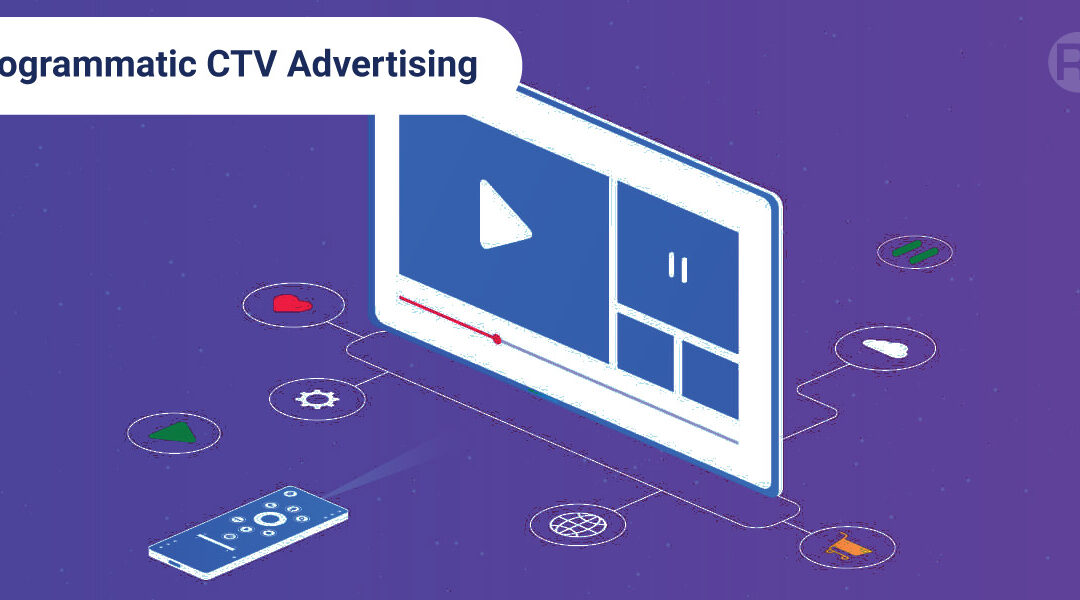Digital video ad spending is becoming increasingly performance-based.
Business outcomes, such as sales, store visits, leads, and website activities, are now the most critical KPI for measuring digital video performance, according to the IAB’s annual Digital Video Ad Spend & Strategy study, which was issued on Tuesday. In February, Advertiser Perceptions conducted a quantitative survey of ad industry leaders involved in media buying, which the IAB commissioned.
While the first section of the report highlighted that overall digital video ad spend is expected to climb 16% by 2024, this entire version delves deeper into the buy-side reasons for digital video investment decisions.
Although video content was traditionally considered a top-of-funnel marketing channel, its widespread use makes it even more vital for advertisers to leverage for both top-of-funnel and lower-funnel campaigns. Outcomes were one of the top three KPIs for measuring success in social video (64% of respondents), internet video (54%), and CTV (54%).
READ MORE: Problematic Ads In CTV: The Perils Of Programmatic Dreams
“We’re in a performance world now,” said Chris Bruderle, the IAB’s vice president of industry insights and content strategy. “We operate in a ‘don’t squander your bucks’ market. And the importance of business success has never been higher.”

Everything is coming up programmatically.
CTV spending did not expand as quickly as social or online video in 2023, and it is unlikely to do so in 2024, due to the residual impacts of last year’s Hollywood strikes.
Buyers are also less inclined to choose CTV advertising partners based on ROI/ROAS, but they place a little higher value on building brand awareness.
READ MORE: SSPs Are Dominating The CTV Market, And Buyers Are Paying The Price
However, there is still a lot of need for CTV investment, particularly programmatic.

Three-fourths of all CTV transactions are now programmatic, with ad networks, open exchanges/DSPs, and PMP/preferred deals/programmatic guarantees accounting for about equal shares.
Why? According to the IAB poll, the top three reasons purchasers gave were faster campaign optimization, higher ROI/ROAS, and more ease of scaling. Better pricing, which has long been associated with programmatic, came only fourth in buyer concerns.
Aside from programmatic’s superior efficiency and usefulness, Bruderle believes that an influx of smaller buyers who are accustomed to operate programmatically shifted from social video to a more cheap CPM in CTV expenditure.
READ MORE: Monetization Models In Digital Broadcasting: YouTube Versus Professional CTV Platforms
Like other advertising platforms, digital video has downsides, notably in terms of measurement.

Two out of three purchasers polled reported concerns with nine major areas of measurement, particularly measuring co-viewing among household members, placement transparency, and brand safety.
Smaller spenders, who require more exact measurement to reach their specific targeted consumers and account for the majority of advertising dollars spent, have even greater challenges.
READ MORE: CTV And FAST Channels: Their Strategic Role In Digital Advertising
According to Bruderle, these spenders are “what helped social and search platforms have so much success over the last two decades.” To succeed, fresh sell-side platforms must improve their transparency and confidence.

Meanwhile, AI techniques may offer a solution to improve ad performance and overcome signal loss in some digital contexts. It is currently used by approximately 37% of respondents to address measurement concerns, making it the most common strategy, followed by data-driven attribution (35%), and multi-touch attribution, or MTA (34%).
Buyers are turning to alternative currencies in their pursuit of more exact measurement.
According to the IAB survey, 51% of advertisers are testing or dealing with alternate currencies in their 2024 strategy, while an additional 38% are discussing alternate currencies with vendors, citing multiscreen attribution and real-time reporting as their primary motivations for making the switch.
The fact that alternative currencies are mostly based on big data rather than just panels does not hurt either. “You can get more granular demographic data, so you can really understand what is engaging with your product and your messaging,” Bruderle told me.
Furthermore, 66% of buyers prioritize audience customisation capabilities when selecting ad partners within each channel, indicating that marketers value granular demographic data.
Having the appropriate reach levels, KPIs, and audience – “Those three things working together will give [marketers] success,” stated Bruderle.
Radiant TV, offering to elevate your entertainment game! Movies, TV series, exclusive interviews, music, and more—download now on various devices, including iPhones, Androids, smart TVs, Apple TV, Fire Stick, and more.


